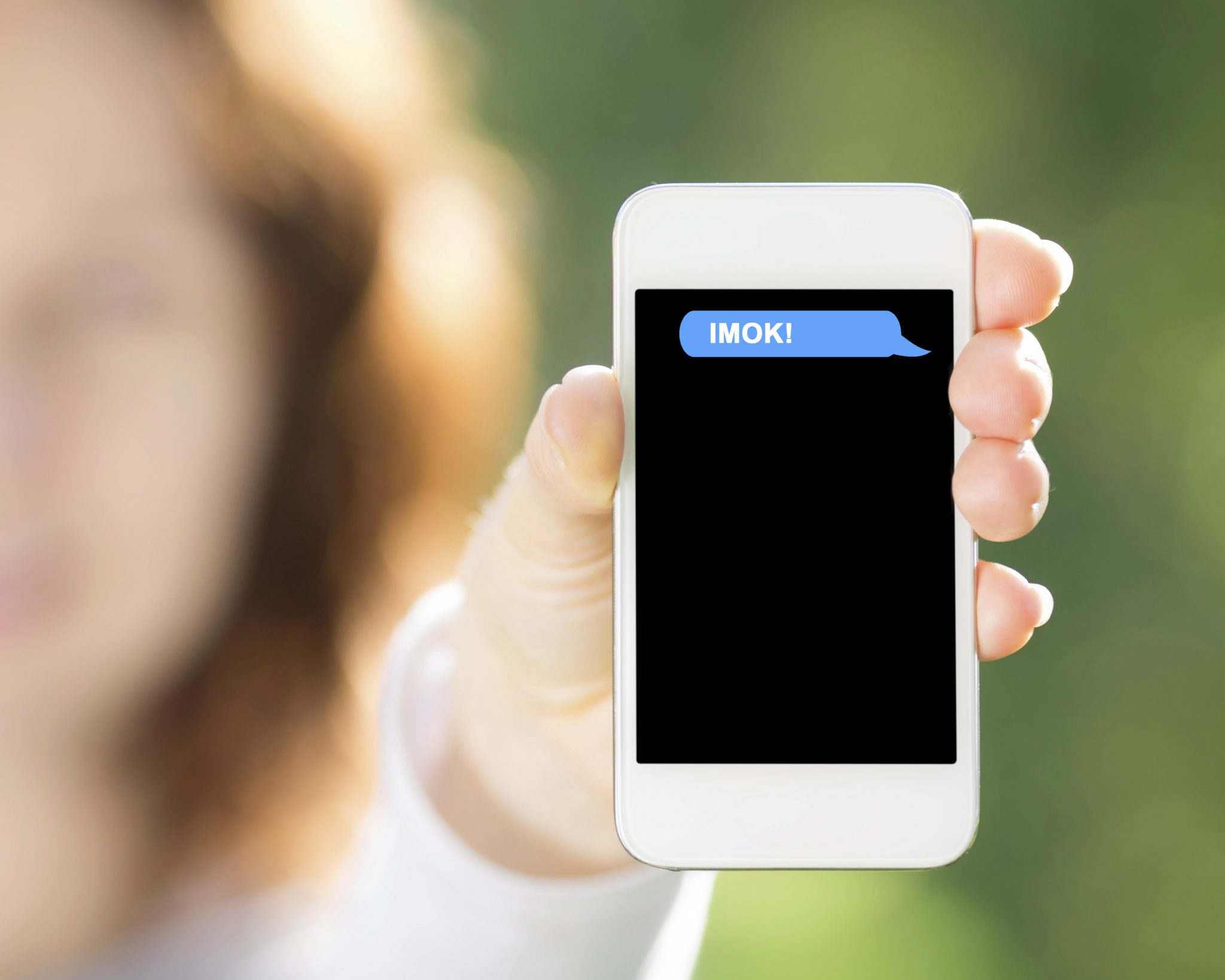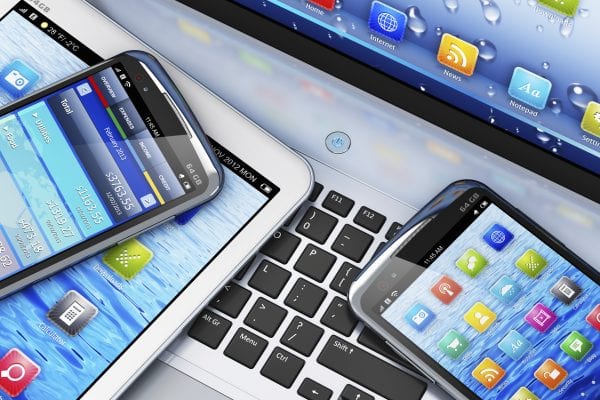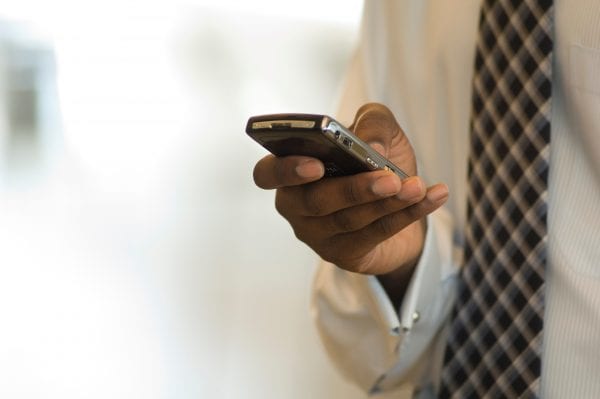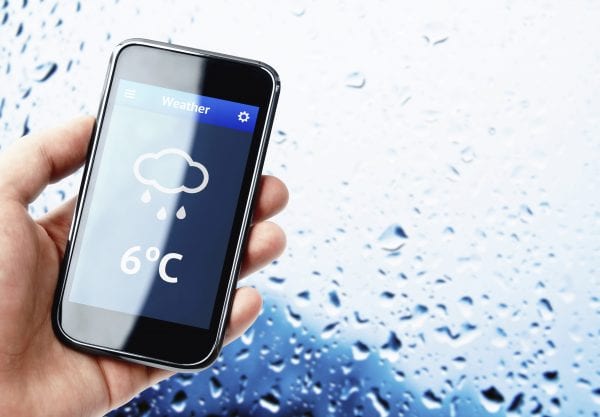Emergency Handbook

When disasters strike, individuals and businesses all too often lose important computer files. You can replace equipment, but data may be lost forever.
Before Storm
It is important to back up your data and store it someplace besides your home or business. This will reduce stress after a disaster and enable a quicker return to normalcy.
You can use external hard drives or storage devices to save duplicate copies of important files, documents and photos. If you are using external hard drives or removable media such as thumb drives and CDs, consider making a duplicate set and sending one to a friend or family member who live far enough away that the same weather event is not likely to impact both of you.
Cloud storage is an increasingly popular option, especially for larger files. When data is stored in the cloud, it is stored remotely and is available to users over the Internet. Cloud storage is available through websites such as www.dropbox.com. One advantage of a cloud storage system is that you can retrieve your data from any location that has Internet access.
Read the terms of service for the cloud storage system you use. Make sure you understand who owns that data once it is posted to the company’s server and what measures will be taken if the company goes out of business or if something happens to you.
One of the quickest, simplest methods to protect important documents or photos is to e-mail files to yourself as soon as they become irreplaceable.
Another option is to take a photograph of important documents (insurance, banking, personal) with your cell phone, allowing you to access them rapidly when needed..
Charge laptops, tablets, cell phones and cameras before the electricity goes out.
If there is time to evacuate personal belongings during an emergency, take backup devices, laptops, tablets or desktop computers. Be sure to take digital cameras and all equipment chargers as well.
Computer equipment, including monitors, keyboards and mice, are easier to replace and can be left for last. If it is too big to take with you, put it in a heavy-duty plastic bag. Secure the bag tightly. Place it on a table or some other higher location. Do not leave them on the floor. Floodwaters after a hurricane generally cause the most damage to electronics.
Take paper out of printers. Unplug everything from power before you leave the building.
During the Storm
Keep up with news and information about approaching storms and other disasters. Use weather or storm-tracking apps, available for smartphones and tablets, to monitor storm’s progress. Subscribe to text alerts from local emergency management agencies or news outlets. Weather radios and commercial television and radio are good sources for warnings before storms arrive and to let you know when the danger has passed.
Social media can be a valuable information source during disasters. Twitter feeds from local news and weather sources can provide important information specific to your community.
Use the tools that provide the best information source for your area. You may find using multiple approaches work best for you. For example, you may want to supplement the information you get from a weather app and Twitter with a dedicated NOAA weather radio.
After the Storm
Text messages are the best way to communicate with loved ones in or out of a disaster area. If cell phone towers are overloaded, a short text has a better chance of getting through than a phone call. Four letters—IMOK—will tell people the most important message—that you and your family is fine.
Invest in either a solar charger or a battery-operated charger to keep your devices powered. Turning electronic equipment on after it has gotten wet is a sure way to ruin it permanently. If your devices get waterlogged, open them as much as you can and let them dry out for at least 72 hours. The biggest mistake people make is turning equipment on too soon after it has gotten wet. If the equipment has gotten saltwater in it, then the data on it is most likely irretrievable.
Wireless Emergency Alerts
Wireless Emergency Alerts, or WEAs, are free messages sent directly to your cell phone, warning you about severe weather, AMBER Alerts, and threats to safety in your area. To find out if your mobile device is capable of receiving WEA alerts, contact your cellular service or check out www.ctia.org/WEA.
Ferderal Emergency Managemant Agency (FEMA)
Utilize Emergency Resources
NOAA Weather Radio All Hazards (NWR) is a nationwide network of radio stations broadcasting continuous weather information directly from the nearest National Weather Service office. NWR broadcasts official Weather Service warnings, watches, forecasts and other hazard information 24 hours a day, 7 days a week. It also broadcasts alerts of non-weather emergencies such as national security, natural, environmental, and public safety through the Emergency Alert System.
Used by permission of the Mississippi State University Extension Service.
Use pesticides only according to the directions on the label. Follow all directions, precautions, and restrictions that are listed. Do not use pesticides on plants that are not listed on the label. Trade and brand names used are given for information purposes only. No guarantee, endorsement, or discrimination among comparable products is intended or implied by the Alabama Cooperative Extension System. This publication is for information purposes only and should not be a substitute for recommendations or treatment by a health care provider.




